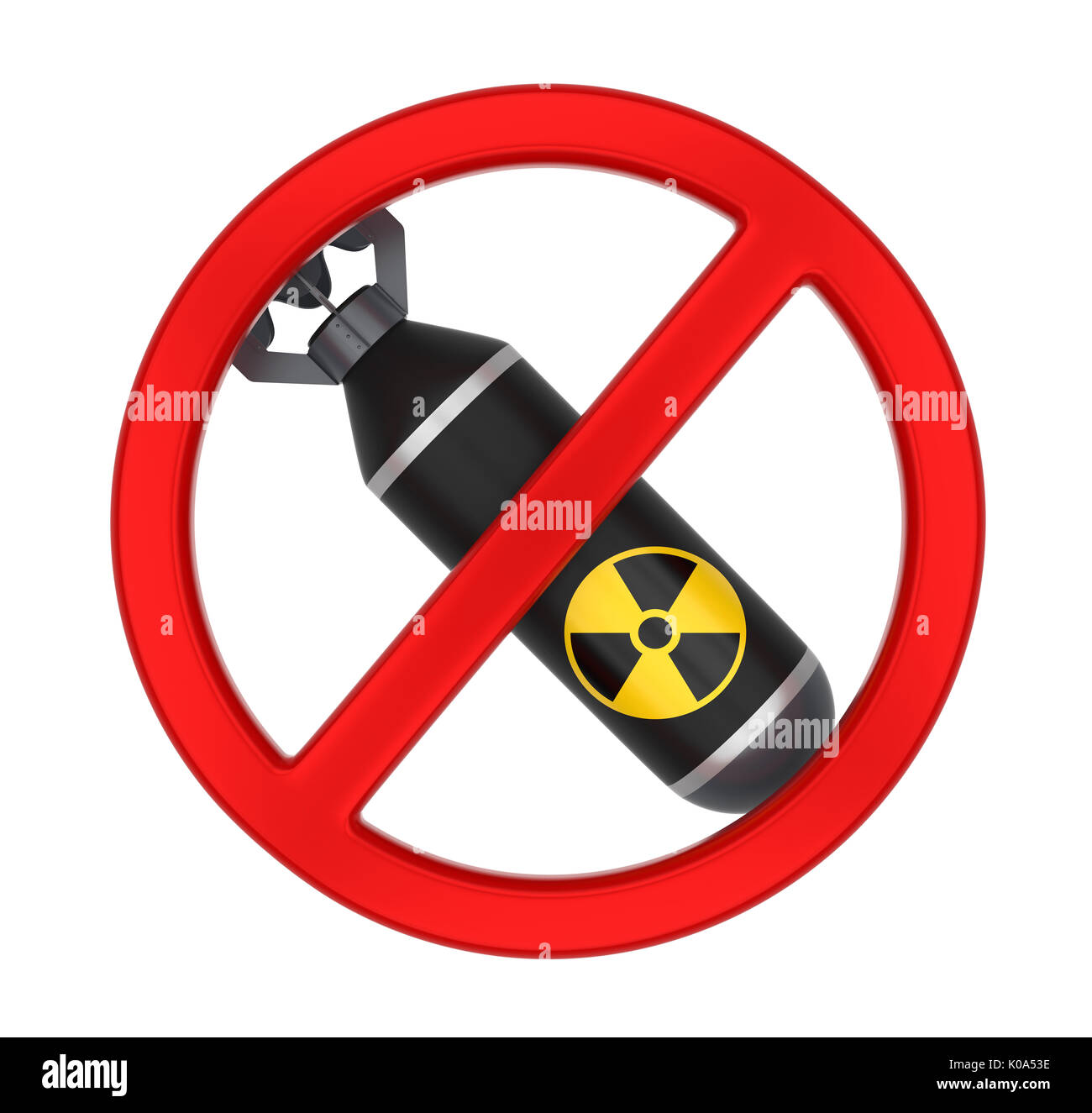
Ceramic components are also used in ordinary car engines for the same Tools to components (middle, right) that can withstand high temperatures in gas-turbine engines It has many applications, from drills and cutting Which can be made into a hard and hard-wearing ceramic called silicon carbide that can survive Photo: Advanced ceramics: Silicon and carbon fuse to form silicon carbide powder (left), The interface between them-a material used in cutting-edge Examples include silicon carbideįibers in a silicon carbide matrix (SiC/SiC) with boron nitride at A material like this is knownĪs a ceramic matrix composite (CMC). With fibers of another material (often carbon fibers, or sometimesįibers of a totally different ceramic). Some are composite materials, in which the ceramic forms a kind of background material called the matrix, which is reinforced Not all high-tech ceramic materials are simpleĬompounds. High-temperature superconductors are made from crystals of yttrium, barium, copper, and oxygen. Heat-protective nose cones on space rockets. ("microchips") and lithium-silicon oxide is used to make the (alumina) and silicon dioxide are used in making integrated circuits So, for example, we have tungsten carbide, silicon carbide, and boron nitride, which are hard, cutting-tool ceramics aluminum oxide Most modern engineered ceramics are metal oxides,Ĭarbides, and nitrides, which means they're compounds made byĬarbon, or nitrogen atoms. Hard, high-performance cutting tools-though they do have other usesĪs well. Tungsten carbides are designed for making exceptionally Advanced engineering ceramicsīy contrast, advanced ceramics are ones that haveīeen engineered (mostly since the early 20th century) for Have gradually found more and more uses as the centuries have worn on. Materials-ones our ancestors would recognize-that

#Bricks n balls get nukes windows
Glass in our windows or poke away at it on our smartphone screens-weĬan even drink champagne out of it. Or outside on the walls, the floors, or the roof and we can stick Although they all have different uses, we can still think of them as general-purpose Though the lid and seat are typically made of plastic or wood.īricks, pottery, glass, porcelain, tiles, cement,Īnd concrete are our classic, time-tested ceramics. Photo: Traditional ceramics: Toilets are a good example, Scientists like to divide ceramics into two kinds: traditional, andĪdvanced (or engineering) ceramics. Or making a drill bit that lasts five times longer. Such as filtering soot from a truck's dirty General-purpose ceramics like brick and glass and modern, engineeredĬeramics that are sometimes designed for a single, specific purpose, There's quite a big difference between age-old, Today's cars and high-temperature superconductors for tomorrow's computers. Human-invented materials), and we're still designing brand newĬeramic materials today-things like catalytic converters for Years ago (pottery, glass, and brick are among the oldest People first started making ceramics thousands of (Like modern ceramics such as tungsten carbide, diamond has long been Those of graphite, but they're similar to those of other ceramics. Diamond (another form of carbon) is also a ceramicįor the same reason its properties couldn't be more different from Looked only at the properties of graphite, you wouldn't consider it aĬeramic at all. Wears easily, and is a good conductor of electricity.

Nonmetallic and inorganic, yet (unlike most ceramics) it's soft, For example, graphite (a form, orĪllotrope, of carbon) is considered a ceramic because it's But once we startĭoing that, things can get confusing. Through them, or soak them in water, for example). Their properties (how they behave when we heat them, pass It often seems easier to define materials in terms of Temperature, attacks from acids and alkalis, and general Means capable of putting up with everyday abuses like extremes of "refractory" materials, which is a technical, Some books also try to define ceramics as Rubber, and anything that was once alive). Take away metals and organic materials (including Or based on carbon compounds) in other words, ceramics are what we're left with when we So you'll find most science textbooks andĭictionaries telling you ceramics are nonmetallic and inorganic What do all these very different materials haveįrom a chemical viewpoint, we define ceramics in terms of That "ceramics" is a very broad term, and one we're going to haveĭifficulty defining.

Glass, tiles, pottery, porcelain, bricks, cement,ĭiamond, and graphite-you can probably see from this little list Photo: Porcelain plates are very familiar examples of ceramics, but thereĪre other, much more surprising uses of ceramics too.


 0 kommentar(er)
0 kommentar(er)
